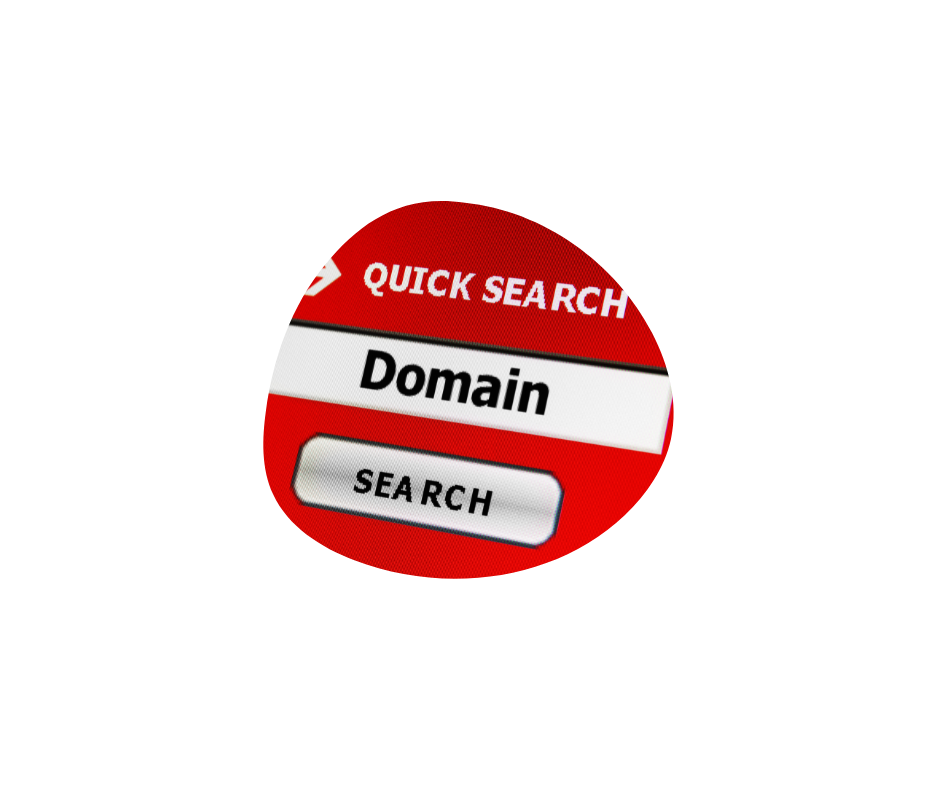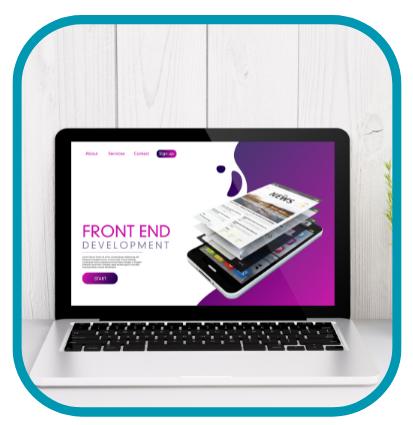Welcome everyone! Today, we’re going to talk about one of the most important aspects of building your online presence: setting up and publishing a website. Here, you’ll learn everything you need to know to get started, regardless of your experience level.
Whether you’re a blogger, a small business owner, or just someone who wants to showcase their work, having a website is crucial in today’s digital age. Not only does it give you a professional appearance, but it also allows you to reach a wider audience and establish credibility in your field. So, if you’re ready to take your online presence to the next level, let’s dive in!


Choose a Domain Name
Choosing a domain name is an important step in establishing your online presence. Your domain name should reflect your website’s purpose and brand, making it easy for visitors to remember and find you. When selecting a domain name, consider using keywords related to your industry or niche, as well as your brand name. Keep it short, simple, and easy to spell to avoid confusion.
Avoid using numbers, hyphens, or special characters in your domain name, as they can make it difficult to remember and type. Additionally, be mindful of potential trademark infringement issues when using brand names or copyrighted material in your domain name. Lastly, check if the domain name you want is available and register it as soon as possible to secure it for your website.
Select a Hosting Provider
When selecting a hosting provider, it’s important to consider the different types of hosting available. Shared hosting is the most affordable option but can result in slow website performance due to sharing resources with other websites. Virtual Private Servers (VPS) offer more control and flexibility, while dedicated servers provide the highest level of performance and security.
Uptime, security, and customer support are also crucial factors to consider when choosing a hosting provider. You want a provider that guarantees high uptime, has strong security measures in place, and provides responsive customer support in case of any issues. Some reliable hosting providers include Blue Nexxus, SiteGround, and Godaddy.
Design and Develop the Website
Once you have chosen your domain name and selected a hosting provider, it’s time to start designing and developing your website. This process involves selecting a platform, creating a layout, and adding content that will engage your audience and help them find what they are looking for. One of the most important things to keep in mind is optimizing your website for search engines and user experience. This means using keywords and phrases that your target audience is searching for, as well as making sure your website is easy to navigate and visually appealing.
When selecting a platform for your website, consider factors such as ease of use, customization options, and compatibility with different devices and browsers. Some popular platforms include WordPress, Wix, and Squarespace. Once you have selected a platform, you can start creating a layout that reflects your brand and purpose. This may involve choosing a color scheme, selecting fonts, and deciding on the placement of different elements such as images and text. Finally, you can start adding content to your website, such as blog posts, product descriptions, and contact information. Make sure to use headings and subheadings to break up large blocks of text, and to incorporate images and videos to make your website more engaging.

Theme Builders
Divi is one of the best platforms for designing your website. No coding is needed and they respond quickly to questions.
**Blue Nexxus is affiliate with Divi and Elegant Themes and will receive a commission if you purchase their products through one of the links on this website
Test and Launch the Website
Before launching your website, it’s crucial to thoroughly test it to ensure that everything is working properly. This includes checking for broken links, optimizing load times, and making sure that the website is compatible with different devices and browsers.
To help you launch your website successfully, we’ve put together a checklist of important tasks to complete before going live. This includes testing the website on various devices and browsers, setting up analytics to track visitor behavior, and creating a promotion plan to drive traffic to your site.
Final Checklist
Double-check all content for accuracy and relevance to the website’s purpose.
Ensure that all design elements, such as font styles, color schemes, and layout, are consistent and visually appealing.
Test all website functionality, including links, forms, and interactive elements.
Optimize website content for search engines by using relevant keywords, meta descriptions, and alt tags.
Check for any broken links or errors before publishing the website.




